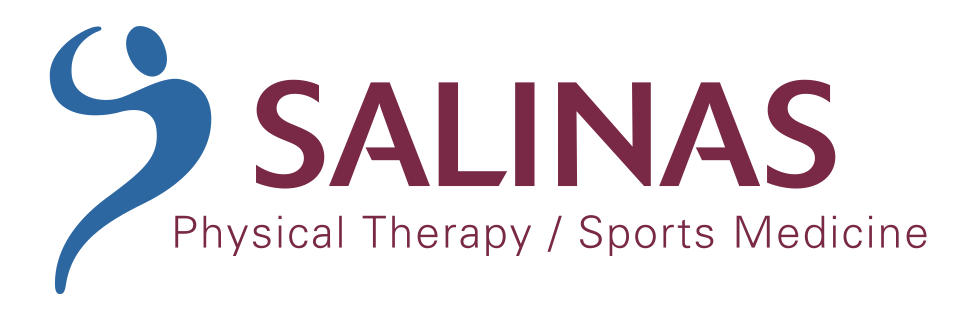Phone: (714) 695-1566
Fax: (714) 695-1553
Email: info@salinaspt.com
23655 Via Del Rio, Suite C
Yorba Linda, CA 92887

Phone: (714) 695-1566
Fax: (714) 695-1553
Email: info@salinaspt.com
23655 Via Del Rio, Suite C
Yorba Linda, CA 92887

February is American Heart Month, a time when health professionals like physical therapists strive to raise awareness about maintaining and improving cardiovascular health.
The month also serves as a sobering reminder that, as a society, we must do a better job of preventing heart disease, which continues to be the leading cause of death in the U.S.
Stats confirmed by the Centers for Disease Control & Prevention (CDC) show about one in every four American deaths is due to heart disease.
On the flip side, the CDC also reports that about 200,000 cardiovascular-related deaths each year could have been prevented. If achieved, that would be a nearly 30 percent reduction.
In a lot of cases, heart disease can be traced back to factors that are preventable – things like the lack of physical activity, obesity, high blood pressure and/or cholesterol, an unhealthy diet, smoking and so on. These are factors related to lifestyle, and they’re all things that can be improved by changing habits.
For example, according to the U.S. Department of Health and Human Services (HHS), fewer than 5 percent of adults participate in 30 minutes of physical activity every day. Yet, daily exercise remains one of the best tools we have in the prevention and control of heart disease.
Getting your recommended 150-plus minutes of exercise each week is key to controlling your weight, lowing your blood pressure and strengthening your heart, all important aspects in the prevention of heart disease.
It also helps improve the way your body reacts to stress, which is another key element.
While regular exercise is critical, the American Heart Association notes that its combination with other preventative measures can pack a mighty punch when it comes to preventing cardiovascular disease. These include:
Nutrition also plays a crucial role in preventing heart disease. One’s risk can be lowered by eating fruits, vegetables, whole grains and lean meats, while cutting back on sodium, saturated fats, processed sugars and alcohol.
The more body fat you have and the more you weigh, the more likely your chances of developing a number of issues including heart disease. According to the National Heart, Lung and Blood Institute, a body mass index between 18.5 and 24.9 represents a healthy weight.
Chronic stress can contribute to high blood pressure and other cardiovascular risks. Exercise is a great way to help manage stress, but see your physician for other treatment options.
This is a no-brainer. If you smoke, you simply must quit.
Tthese are all key in keeping a healthy weight, managing stress and warding off potential disease.
If there’s something keeping you from regular activity – something like pain, disability or other movement limitations – consider visiting a physical therapist for a solution to living a healthy, active life.